

SEF Research Fellows Program Now Accepting Applications
Join a legacy of research that began with W.E.B. DuBois. The Southern Education Foundation (SEF) invites justice-focused scholars and practitioners to apply for the SEF Research Fellows Program, an opportunity to design and lead your own research project under SEF’s auspices. Fellows gain access to SEF’s institutional infrastructure, technical support, and a century-long tradition of advancing fair access to education across the South.
Download the Fellowship Overview Register for the Webinar

Applications are open! 2026 SELI Cohort
Join our Prospective Fellows Webinar on December 10 at 1 PM to learn more about the program, the application process, and what it’s like to spend the summer working with host organizations in the South.
Register for the webinar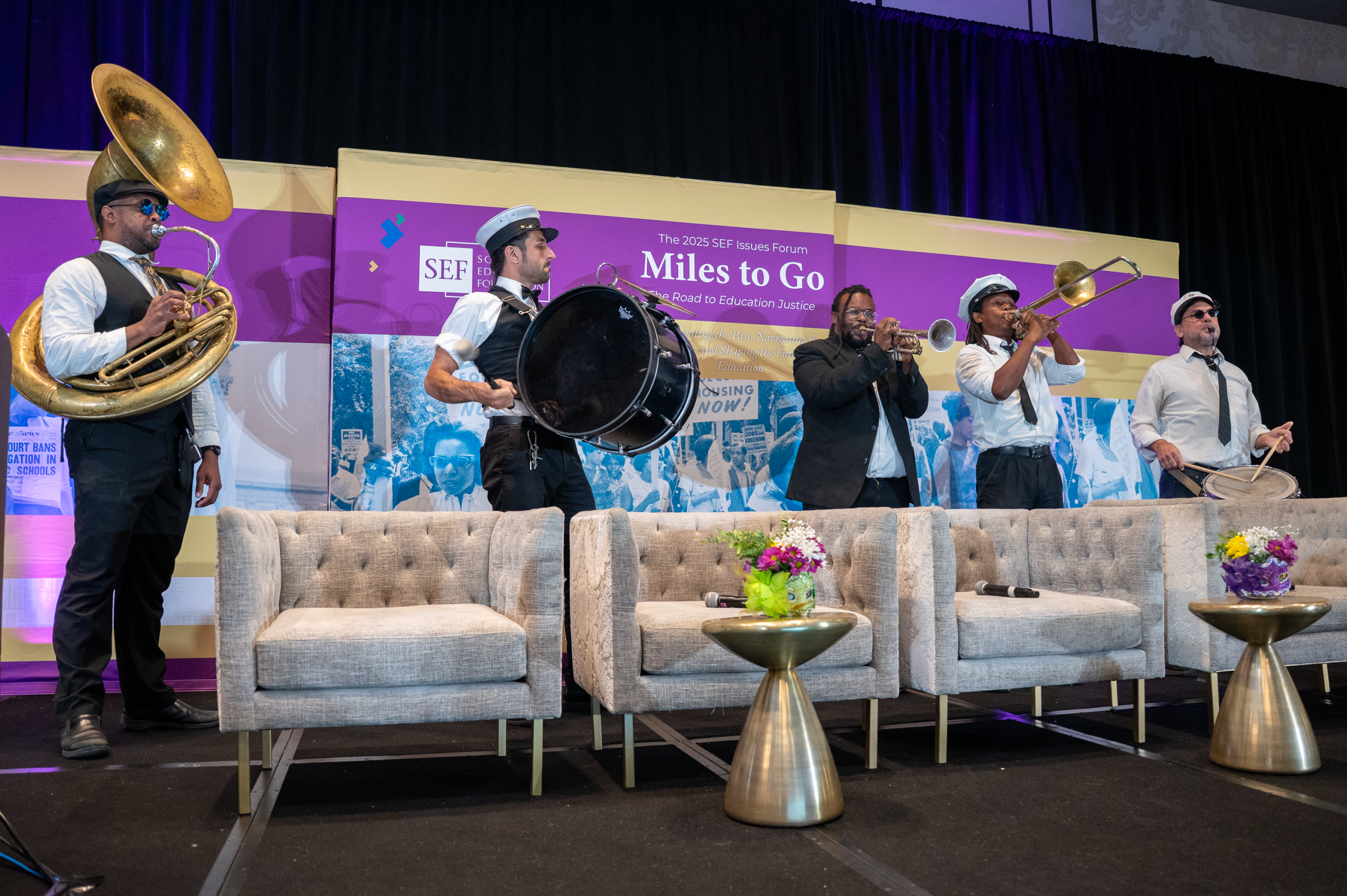
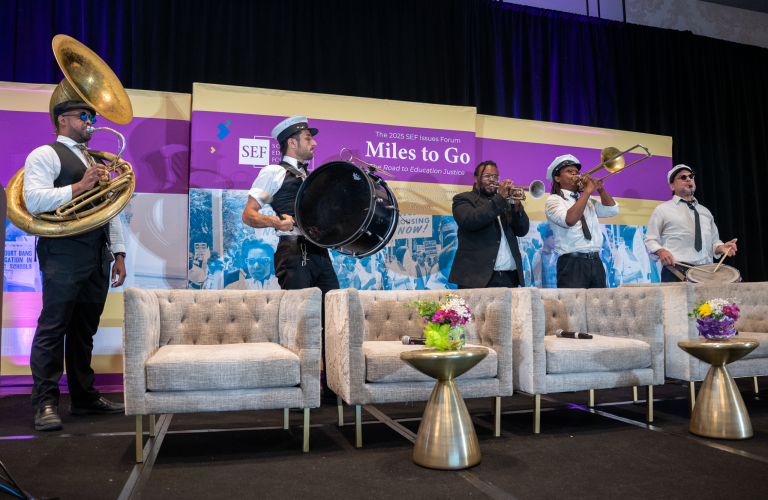
Moments from the SEF Issues Forum
View Images

EVES II Projections for a Post-Pandemic South: Executive Summary Now Available. EVES II
SEF’s executive summary of the forthcoming second report in the Economic Vitality and Education in the South series utilizes post-pandemic and projection data to examine potential outcomes in the education-to-workforce pipeline over the next decade. EVES II covers early care, K-12, and postsecondary education trends, with a focus on education opportunity, access, and workforce preparation in the 17 SEF states. The full report will be released in 2026.
Read the Executive Summary

Black student enrollment is declining. Pell Grant funding is falling. What happens next? New Research Brief: The Widening College Access Gap
Read the Brief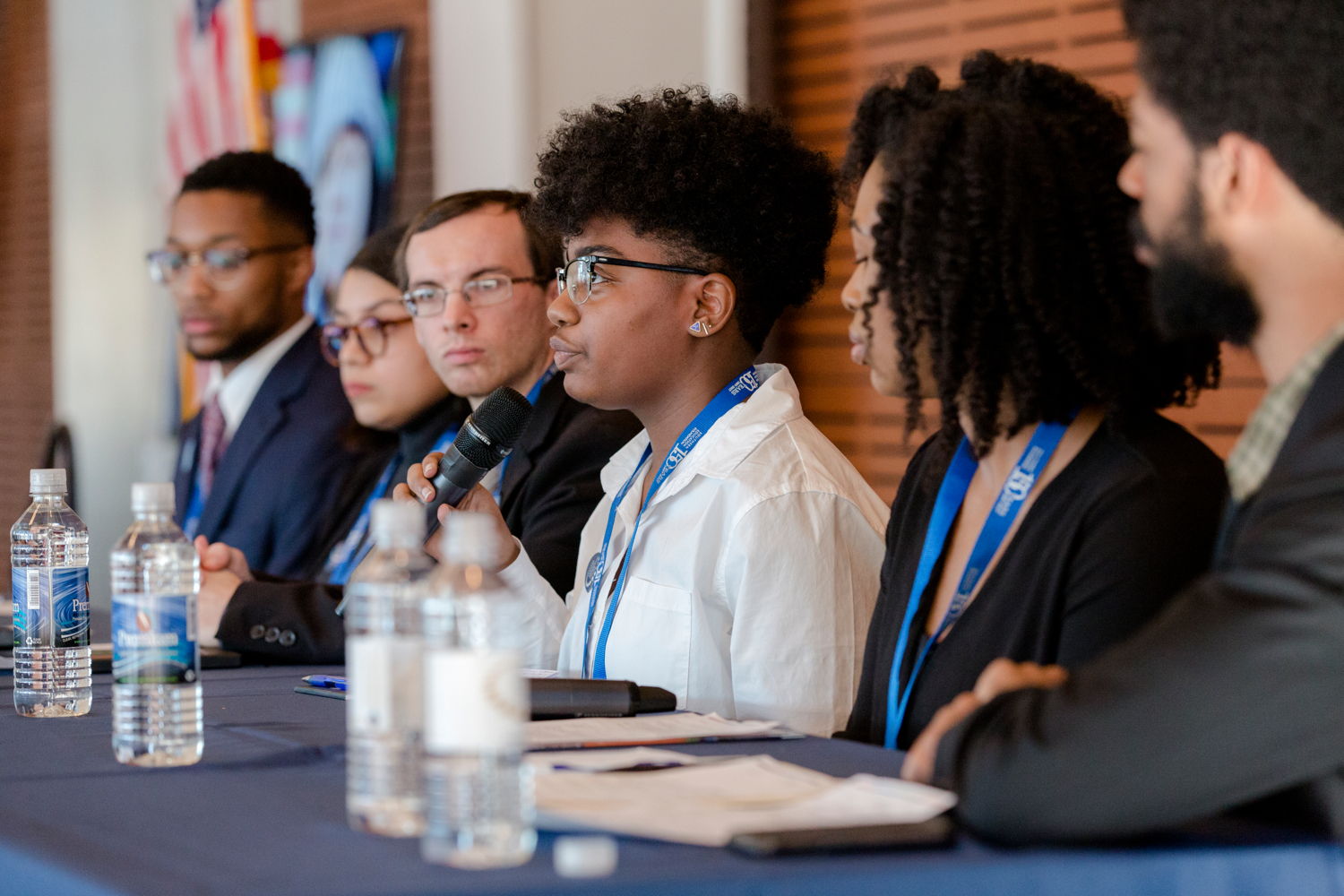
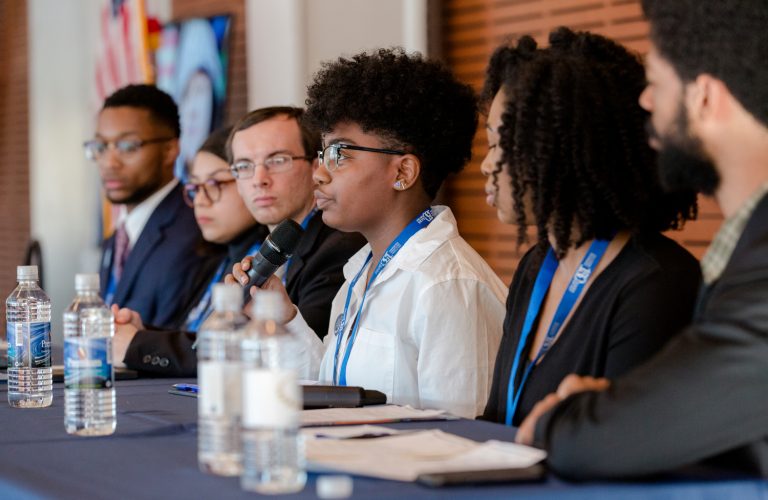
Join the Next Cohort of The Promise Network
This 18-month fellowship supports systems-level leaders ready to strengthen their impact through coaching, peer learning, and action on a systems-level challenge.
Apply Today

Learn More About The Promise Network A New Name. The Same Commitment to Educational Opportunity
The Promise Network (formerly the RELN Fellowship) empowers education leaders across the South to ensure every student has access to an excellent education.
The Promise Network

School Boards: The Unsung Pillars of Democracy
In Forbes, SEF President & CEO Raymond Pierce calls for renewed investment in school boards to strengthen our communities and our democracy.
Read the Forbes Article

Fighting for Our Children’s Future The Price of Equality
SEF President & CEO Raymond Pierce joined the TMI Podcast to reflect on the enduring legacy of Brown v. Board of Education, the evolving threats to public education, and what it will take to truly fulfill the promise of educational justice in the South.
Listen now

'Miles To Go' report Why education disparities for Black students must be addressed
Main Report News Release Executive Summary

New Book! District Leadership for Racial Equity: Lessons from School Systems that are Closing the Gap
Learn more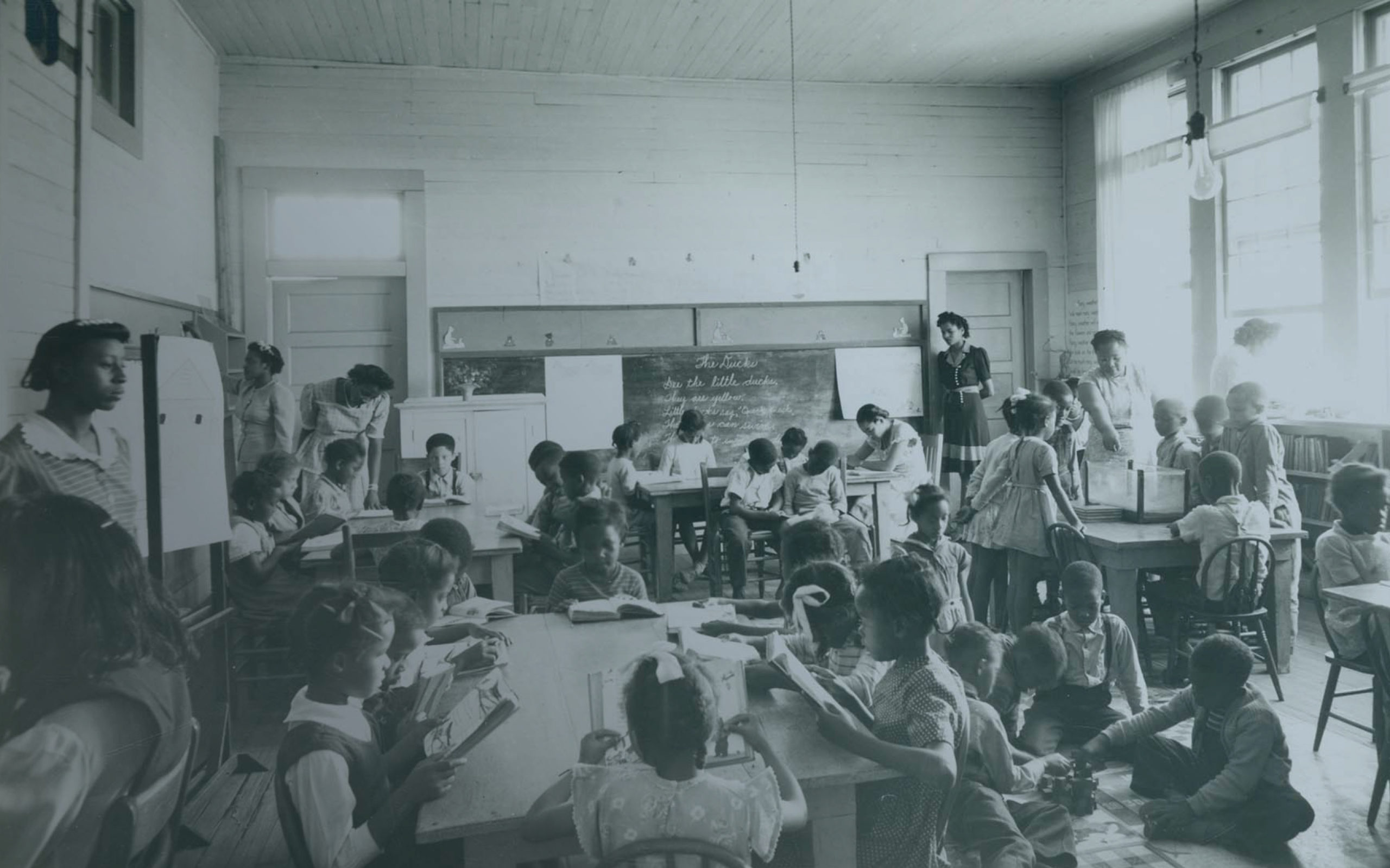
Building on 157 years of leadership
The Southern Education Foundation is a research, policy, advocacy and leadership development organization that works to advance education opportunity for underserved students.
Founded in 1867 as the Peabody Fund, we are a 501(c)(3) nonprofit organization committed to advancing more equal education policies and practices, especially for students of color and from low-income families. Today, we also provide direct services for educators, school districts, and states.
Our Impact
We have cultivated hundreds of leaders dedicated to improving educational opportunities for students of color and those in low-income families.
